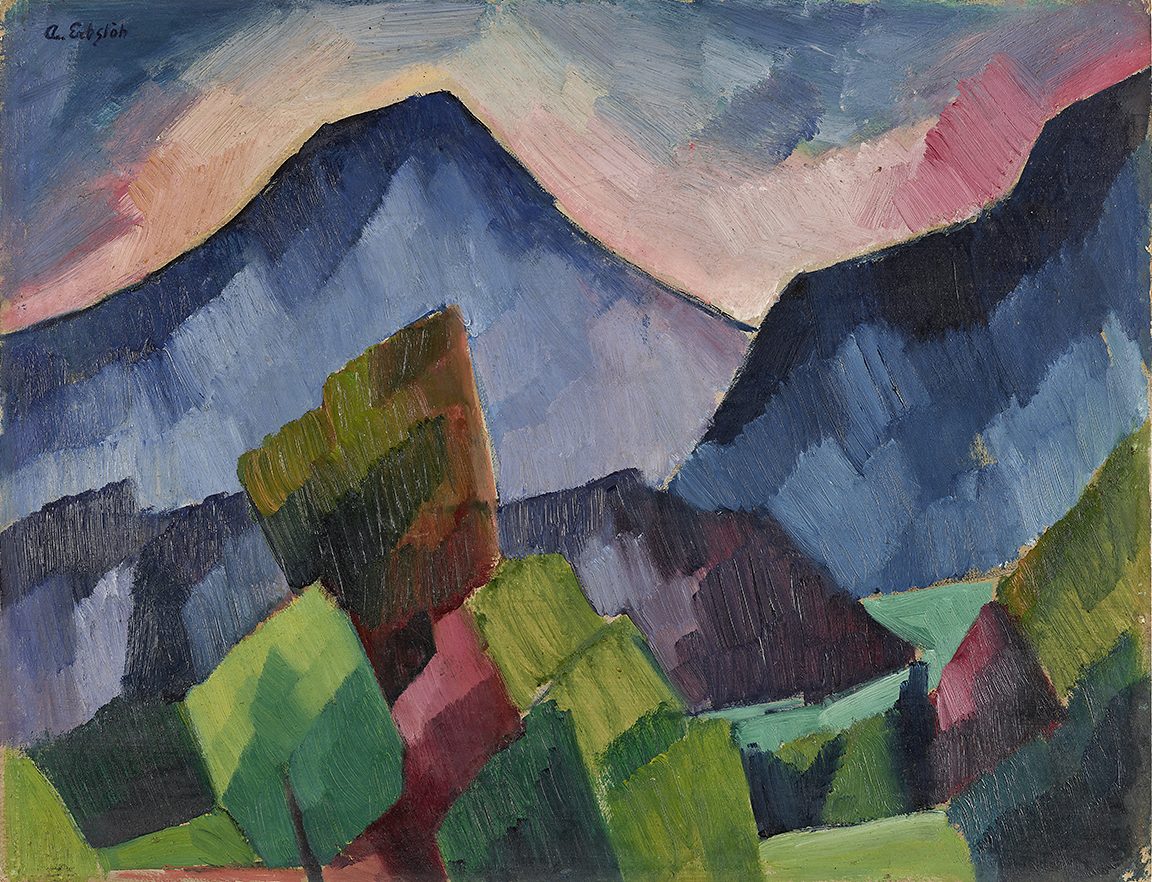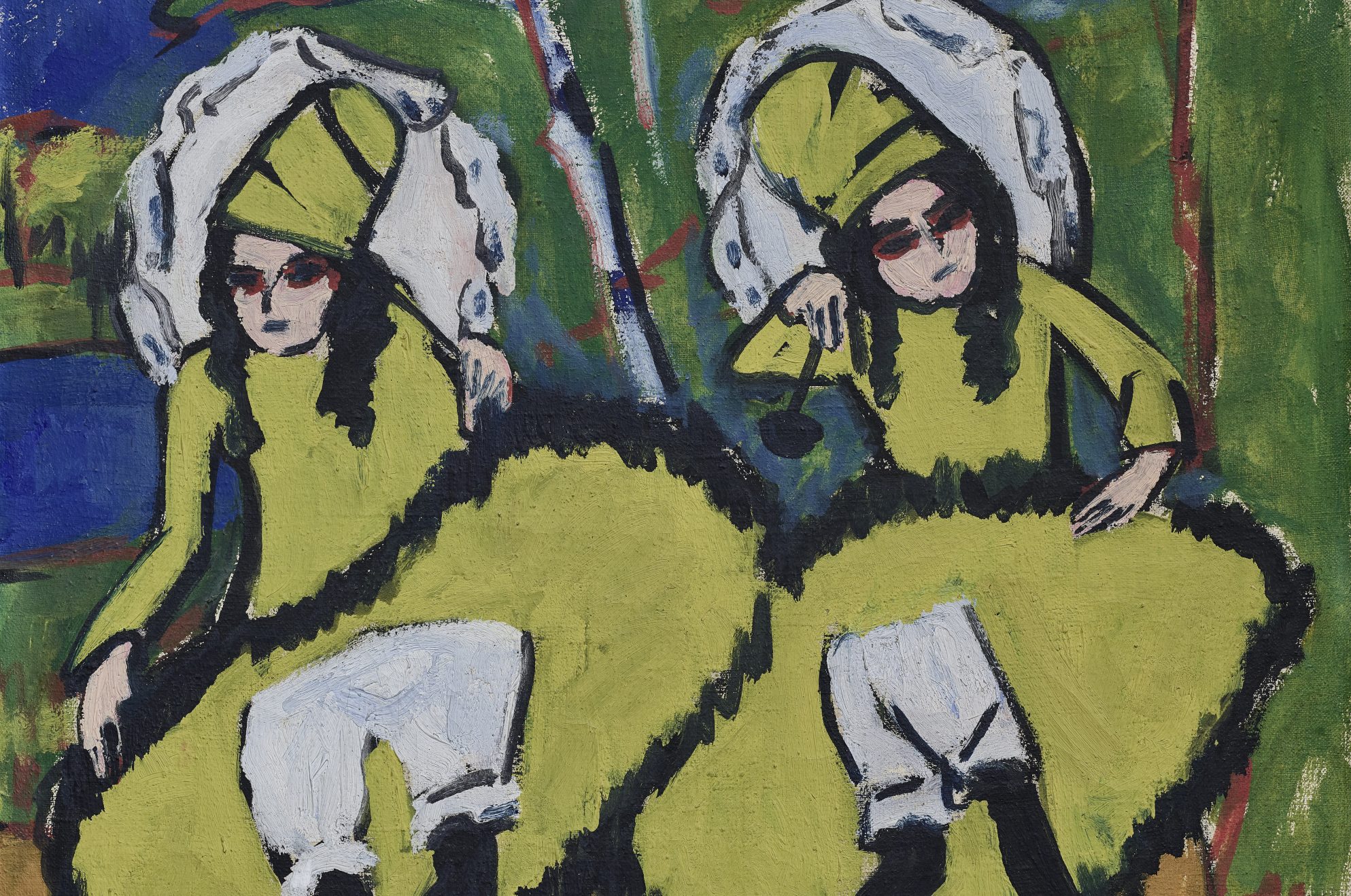
Upcoming
Exhibition
Untamed Colours, Free Spirit. 120 Years of »Brücke«
23 November –
1 March 2026
23 November –
1 March 2026
One hundred and twenty years ago, a group of young artists set out to revolutionise modern art. With luminous colours, radically simplified forms, and a new, subjective intensity of expression, they sought an unmediated connection to the world. “He belongs with us, who renders with immediacy and authenticity that which drives him to creation.,” declared Ernst Ludwig Kirchner in the 1906 programme of the artists’ group Brücke (Bridge).
Founded in Dresden by Kirchner, Erich Heckel, Karl Schmidt-Rottluff, and Fritz Bleyl – later joined by Max Pechstein and Otto Mueller – Brücke became a symbol of radical renewal in German art. United by the desire to overcome the distance between art and life, its members pursued a new immediacy through spontaneity, colour, and emotional intensity.
The exhibition unfolds in a series of thematic chapters that trace the defining aspects of this movement. It explores how the artists’ critical stance towards the conventions of Wilhelmine culture inspired their search for freedom, authenticity, and vitality of experience. From the vibrant nudes of their early Dresden years to the dynamic, often conflicted urban scenes of Berlin, their works reveal an enduring quest for unity between art and life.
The Brücke artists’ fascination with the “primitive” also led them to engage with non-European art and culture, which they regarded as aesthetic and spiritual models. From today’s perspective, however, this gaze also reflects an uncritical appropriation of colonial imagery. Likewise, some of their works – such as depictions of child models – raise questions about boundaries and gender roles that demand critical reflection within their historical context.
Featuring around 50 works – paintings, drawings, sculptures, and prints – the exhibition sheds light on the origins of a movement that sought to fuse art and life. At the same time, it invites visitors to reconsider the legacy of the Brücke: as a symbol of radical artistic awakening whose creative energy and inner contradictions continue to resonate to this day.

Upcoming
Exhibition
Erbslöh.
Imagination & Form
26 April –
26 July 2026
26 April –
26 July 2026
Adolf Erbslöh (1881–1947) was one of the quiet yet formative figures of modern art. With his essay Phantasie und Form (Imagination and Form), he developed an early artistic theory that viewed imagination not as the opposite of order, but as its very source. The exhibition Erbslöh. Imagination & Form follows this idea, showing how Erbslöh transformed inner visions and intellectual clarity into a distinctive visual language.
As a co-founder and chairman of the Neue Künstlervereinigung München (New Artists’ Association Munich), Erbslöh played a key role in shaping the artistic climate from which the Blue Rider emerged. He was not a dogmatist of the avant-garde, but a seeker who moved between the expressive gesture of Expressionism and the clear formal principles of Classical Modernism. In his landscapes, city views, and still lifes, imagination becomes a structuring force: colour, line, and surface are not expressions of spontaneous emotion, but tools of reflective vision—creating an art that unites inner experience with rational order.







